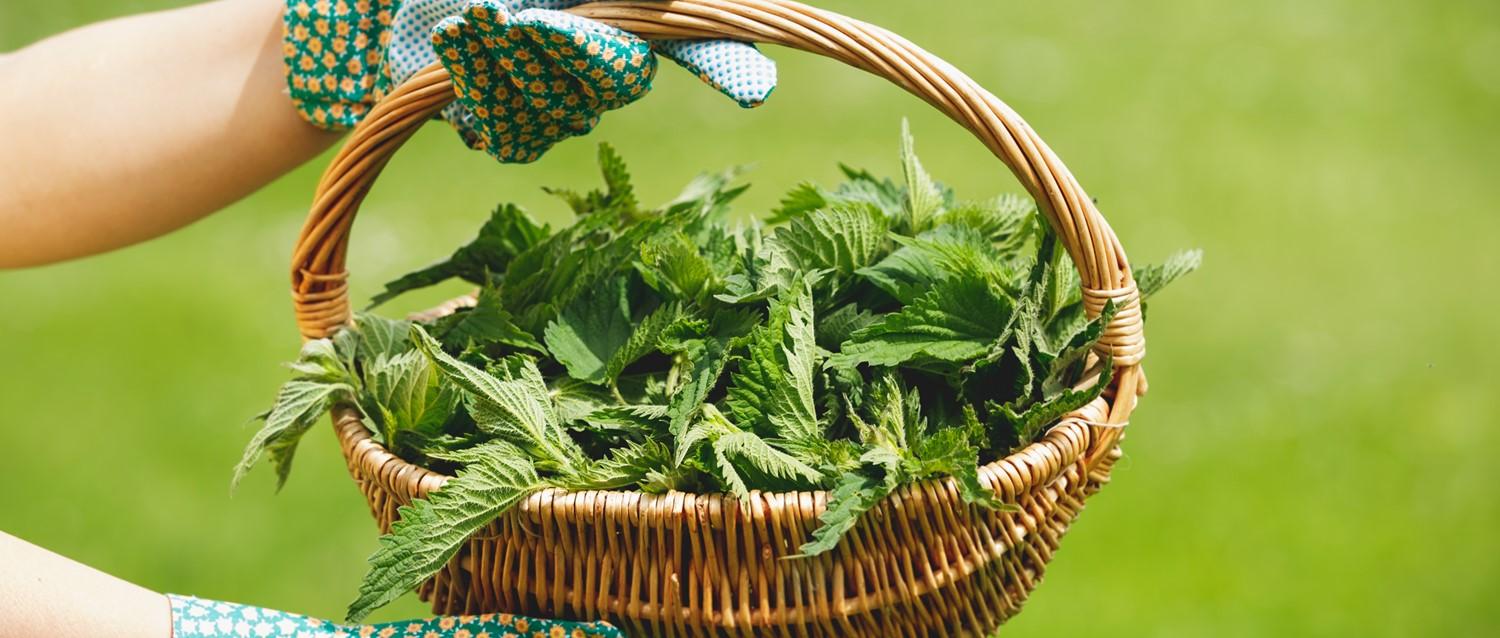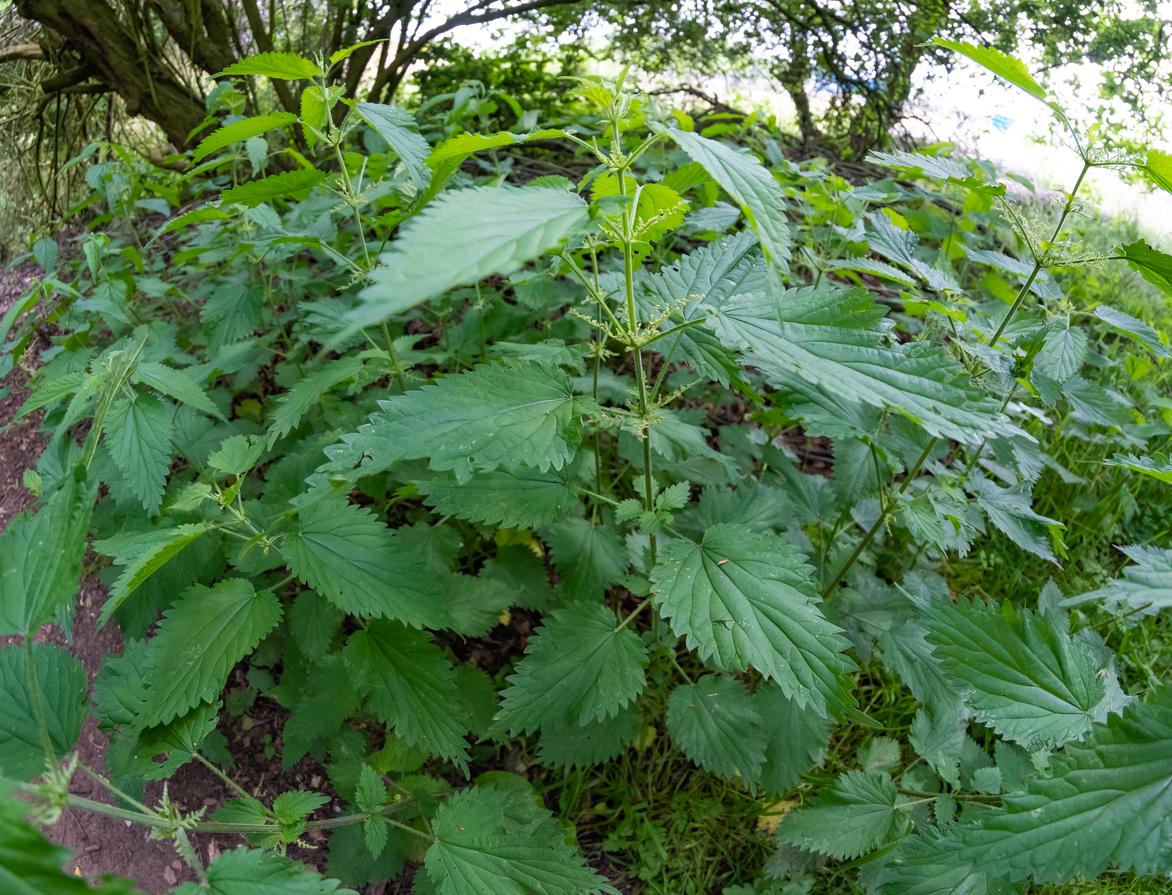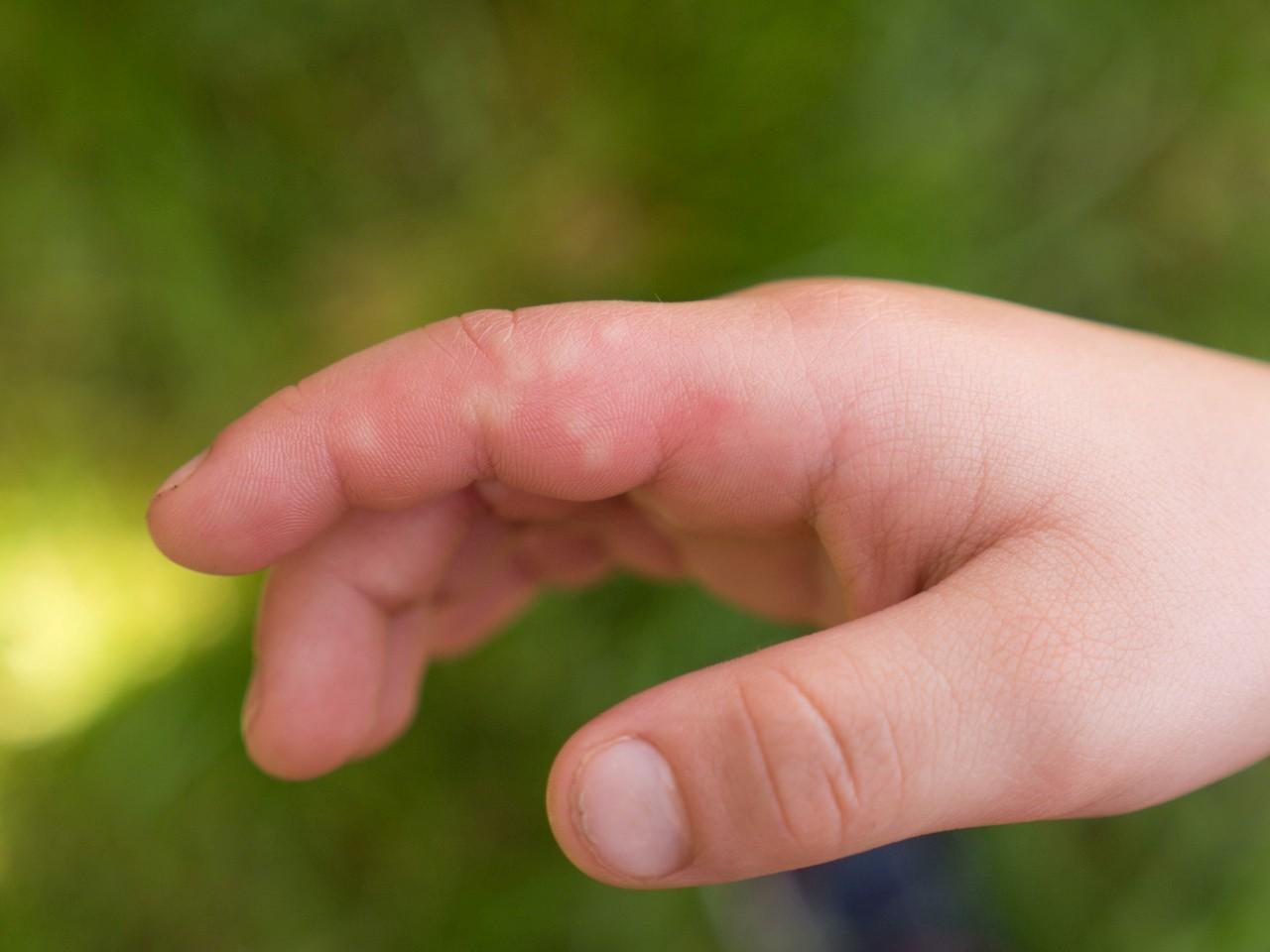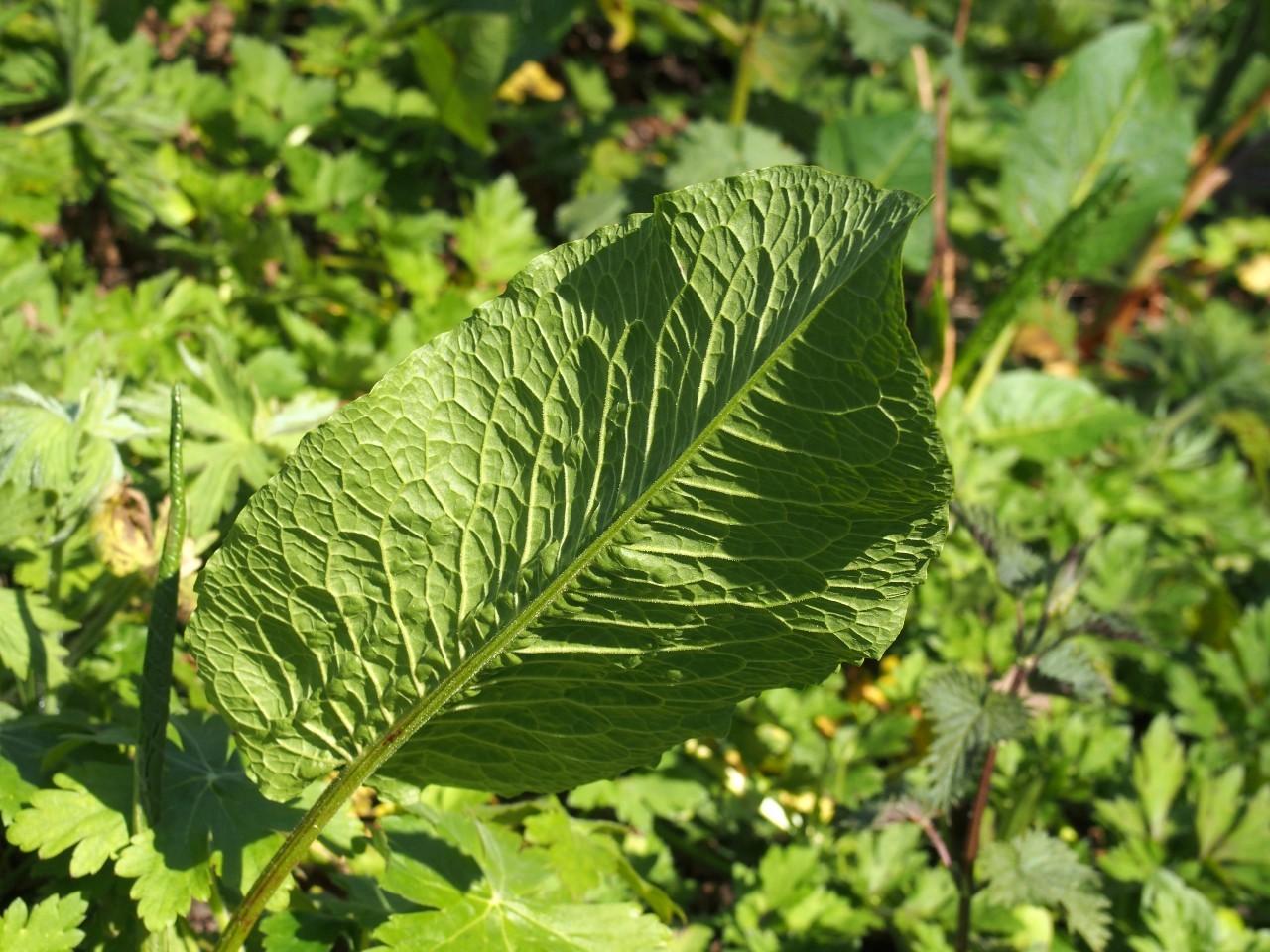
How to soothe a nettle sting
Peer reviewed by Dr Krishna Vakharia, MRCGPLast updated by Victoria RawLast updated 7 Apr 2025
Meets Patient’s editorial guidelines
- DownloadDownload
- Share
- Language
- Discussion
Stinging nettles grow widely across the UK and Europe. Whilst nettle stings aren't usually too serious, they can be in rare cases. Either way, it's important to know what to do if you or someone else is stung, to ease discomfort and to potentially save a life.
In this article:
Continue reading below
What does a stinging nettle look like?
The Urtica dioica is the most common stinging nettle - you might even have them in your garden. They're also found in fields, woodlands, and hedgerows, as well as in damp environments.
Stinging nettles are slender, square, and usually grow between 6-8 feet tall. They have thin, dark green leaves, and sometimes branches. The leaves have a tapered tip that measures around 3-15 centimetres long, and their surface is covered in veins. You might find tiny clusters of flowers at the base of each pair of leaves.
Stinging nettles

Why do nettles sting?
Stinging nettles attract the likes of caterpillars, ladybirds, and hedgehogs, who will either use them as food plants or for shelter. Science & Plants for Schools (SAPS) explains that stinging nettles have developed stinging hairs (cells) to deter herbivores from eating them, and as a protection against predators.
The hollow hairs on a stinging nettle cause the sting when you brush against them, and the tip breaks off. Abbas Kanani, Superintendent Pharmacist, Chemist Click, compares the nettle hairs to needles, as chemicals flow through them to cause the reaction when you are stung. These chemicals include histamine and formic acid.
Continue reading below
Symptoms of a nettle sting
If you have been stung by a nettle, your skin is likely to be itchy and you will feel a burning sensation. There will be raised bumps or hives in the area of the sting, which are often light in colour and can be up to 1 centimetre wide.
Nettle sting

The severity of your symptoms depends on how much of your skin has come into contact with the nettles.
You might also experience:
Swelling.
Redness.
Blisters.
Numbness.
How to soothe a nettle sting
How to soothe nettle stings
If there isn't a severe reaction, you can treat a nettle sting easily yourself. Often dock leaves are near stinging nettles and these can soothe the sting.
However, if they're not close to hand, we have some tips.
You should avoid touching the rash for the first 10 minutes after being stung as it is easier to remove if the chemicals are allowed to dry on the skin. Touching or rubbing the sting immediately could cause a more severe reaction if the chemicals are pushed deeper into your skin.
Kanani’s tips for treating a nettle sting:
10 minutes after the sting occurs, use soap and water with a clean washcloth on the affected area - this should help to relieve the pain, itching, and swelling from the sting.
Use a clean cloth to rub over the sting if you aren't close to water initially.
Try to remove the nettle hairs using strong tape, rather than your bare fingers.
Try using wax hair removal strips if you find tape isn't strong enough.
If irritation continues beyond 24 hours, avoid scratching or aggravating the sting further. For additional relief, you can apply a cool compress, but be sure to dab, not rub.
Continue reading below
Does a dock leaf help a nettle sting?
Dock leaf

You might have heard that a dock leaf can ease a nettle sting reaction. Kanani confirms that this is true. Despite scientific research into the treatment being limited, it has been used as a means of treating nettle stings successfully for hundreds of years with its anti-inflammatory properties.
"The cooling sensation of the dock leaf sap evaporating from the affected skin can help reduce some of the stinging sensation," she says.
You can usually find dock leaves in the same areas as stinging nettles.
When should you contact a doctor about a nettle sting?
In rare cases, a nettle sting can have more severe effects, such as an allergic reaction.
You should seek medical attention immediately - call for an emergency ambulance (999 in the UK) if your sting leads to any of the following reactions:
Difficulty breathing.
Tightness in the chest/increased heart rate.
Feeling of a closing throat.
Trouble swallowing.
Swollen tongue and/or lips.
Rashes in areas that didn't come into contact with the nettle.
Vomiting.
Wheezing and coughing.
Stomach ache.
Diarrhoea.
In these instances, responding swiftly and seeking medical attention as soon as possible are essential, as these complications can be life threatening and sometimes require immediate attention.
How long do nettle stings last?
Nettle stings don't tend to last long. The itching and burning sensation usually settles down within a few minutes. It could last for a few days, depending on your reaction. There's a chance of the sting leaving a raised nettle rash on your skin.
How to prevent nettle stings in future
Avoiding stinging nettles completely might not be possible if you need to pick them. You might do this to include in recipes, or as a natural remedy for aches and pains. Some people - such as farmers - pick the nettles with their bare hands after years of building up resistance and learning to not break the hairs, but this isn't advised.
Picking stinging nettles safely
If you are picking nettles, the safest method is to be aware of where the hairs are on the leaves and keep your hands near the top of the plant, where the leaves are smaller and less likely to brush against you.
Grab the leaf quickly and firmly from the direction the hairs are growing. Once you have pinched the leaf, twist it and pluck off the plant.
This method does not guarantee that you won't get stung, so you should make sure you wear gloves at all times.
Also, do some research on where the stinging nettles might be before you go rummaging around, in case you brush against one unexpectedly.
Kanani adds: "Plants in full shade tend to have fewer hairs than plants grown in the sun, reducing your chance of being stung if you are touching stinging nettles in shaded, dull areas.
"If you do want to get close to a stinging nettle plant, don't run your hand into the tips and make sure you use force when grabbing it.”
Avoiding being stung by nettles
When it comes to everyday life, to avoid nettle stings, it's a good idea to avoid overgrown paths or venturing into long grass when out for walks. If you do end up in these areas, it's advised you wear long clothing that covers your arms and legs. On a hot day, this might just be something cotton and breathable that will still keep you cool.
Patient picks for Stings and bites

Skin, nail and hair health
What to do if you're stung by a jellyfish
Around 150 million people are stung by jellyfish around the world each year. While some can be harmless, some may not be, so acting quickly is the key to treating a sting to prevent severe side effects or death. Find out here what to do and what not to do.
by Victoria Raw

Skin, nail and hair health
How to soothe a nettle sting
Stinging nettles grow widely across the UK and Europe. Whilst nettle stings aren't usually too serious, they can be in rare cases. Either way, it's important to know what to do if you or someone else is stung, to ease discomfort and to potentially save a life.
by Victoria Raw
Continue reading below
Article history
The information on this page is peer reviewed by qualified clinicians.
Next review due: 7 Apr 2028
7 Apr 2025 | Latest version
6 Sept 2022 | Originally published
Authored by:
Emily Jane Bashforth

Ask, share, connect.
Browse discussions, ask questions, and share experiences across hundreds of health topics.

Feeling unwell?
Assess your symptoms online for free